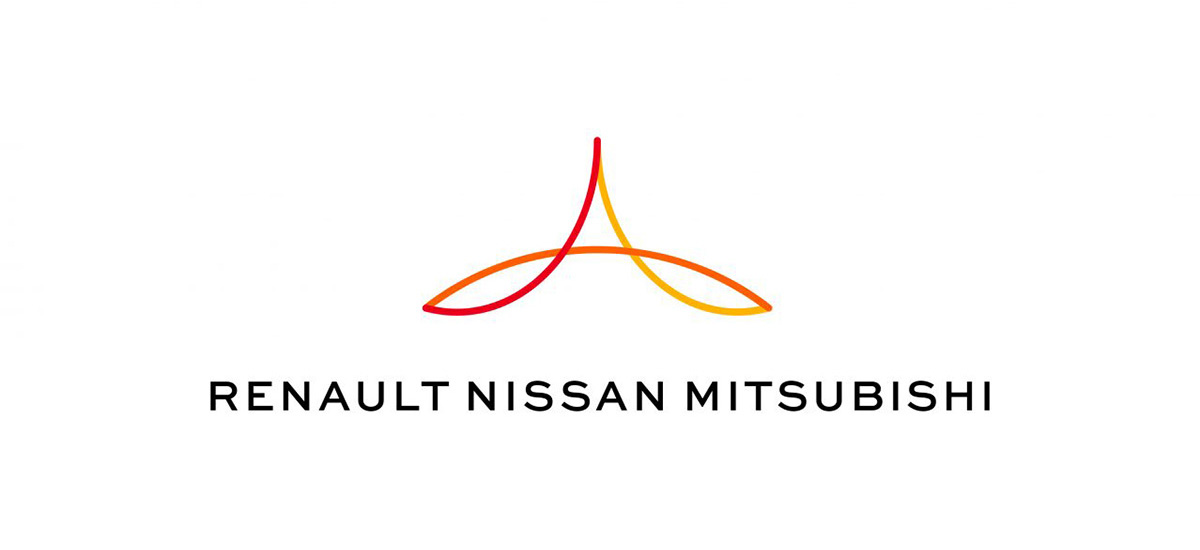
 Your Credit Estimate
Your Credit Estimate
 Your Credit
Your Credit
Your zip code helps us provide you with the most accurate vehicle pricing and vehicle availability.
We estimate your credit score to give you an idea of your monthly payments. To get an accurate payment amount, complete our credit application by clicking the Start Credit Application button below.
start credit application
The auto industry is in full swing marching towards an auto market with more and more battery-electric vehicles (BEVs) starting to pop up. Just about every major automaker has taken the first step in producing a new lineup of BEVs, and a lot of that comes with the need to shake hands and sign agreements with third party companies to build a BEV facility, like Samsung and SDI. In March 2022, Nissan invested $500 million into US assembly plant for BEV production. Some companies are even starting new sub-brands for their new models like Wagoneer by Jeep and eMuscle for Dodge. Playing a similar tune, Renault announced plans to start a new BEV-focused company for the Renault-Nissan-Mitsubishi Alliance, called Ampere. In October 2023, all three automakers finally got on board.
What is Ampere? Back in 2022, Renault wanted to give the Alliance an edge by dedicating a single facility to BEV production. Leading this facility would need a whole other team focused on BEV design and development, and so, Renault presented the idea of a subsidiary company to take the helm for the Renault-Nissan-Mitsubishi Alliance. The automaker has already made large strides towards BEV production for the Alliance, having invested €10 billion ($1,056,645,000) into resources for 15 assembly plants manufacturing parts, motors, and batteries for 10 upcoming BEV models.
When Renault first announced plans for Ampere, Nissan was already on board. With cross-shareholdings with Renault already benefitting the automaker since the Renault-Nissan Alliance was formed, Nissan was happy to invest as much as 15-percent into the BEV company. To date, the automaker had invested 600 million euros ($640.98 million) into Ampere. All that was left was Mitsubishi Motors, but the automaker was a little wary. Focusing on its own lineup with “Challenge 2025”, the Japanese automaker is setup as the first automaker to introduce a new BEV to the Alliance lineup.
Mitsubishi doesn’t really have any BEVs at the moment. There is the Mitsubishi Colt hybrid, a rebadge of the Renault Clio for Mitsubishi Europe, and the Mitsubishi Outlander PHEV. Overseas, the i-MiEV is still going strong, but that’s it. Alliance 2030 promised 35 new EV models by 2030, and it’s time to get a move on. The Alliance is working on a new BEV platform to become the underbody of upcoming BEV models, said to provide up to 250 miles of all-electric driving range. 15 of the upcoming models will be using this or one of the other four platforms by 2030. To benefit from these new developments and continue to share materials for the production of new models, it was time for Mitsubishi Motors to join the investment pool. In October 2023, Mitsubishi said it will invest up to 200 million euros ($214 million) in the new electric vehicle company Ampere.
Still set up to be the first automaker to release something new, the first goal of Ampere will be to set up Mitsubishi with a BEV for its European lineup. Following that, global releases will begin. Renault has officially opened Ampere up to investors, announcing the first investor day for Ampere will to take place on November 15, 2023. Now we just wait and see what happens.
Want to stay in the know about the Renault-Nissan-Mitsubishi Alliance with us? Follow along on NowCar social media.